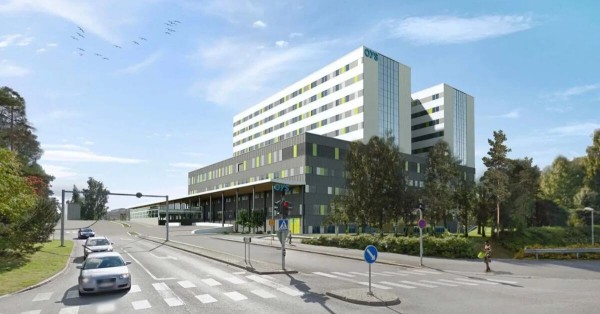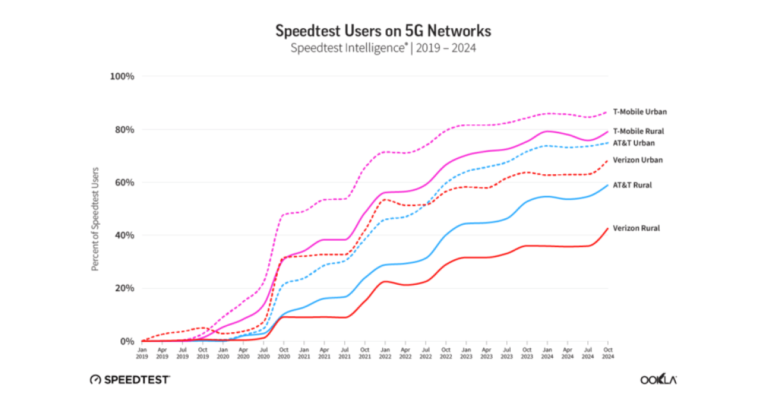Expanding 5G Capabilities with Nokia’s Network as Code Platform
Hrvatski Telekom (HT), Croatia’s largest telecom operator and a part of Deutsche Telekom Group, has teamed up with Nokia to launch API pilot projects aimed at empowering developers to leverage the potential of 5G. Through these pilot projects, HT will integrate Nokia’s Network as Code platform and developer portal with its 5G network assets, facilitating the development of consumer, enterprise, and industrial applications that maximize the power of 5G.
The collaboration opens up new possibilities for developers to harness HT’s advanced network capabilities via Application Programming Interfaces (APIs). By simplifying access to network functions, these APIs allow developers to create innovative applications faster, unlocking new use cases in Croatia and beyond.
Creating New 5G Use Cases via Nokia’s API Ecosystem
The initiative highlights Nokia’s expanding network of API partners, which includes leading technology providers like Infobip, a global cloud communications platform, and Elmo, a pioneer in teledriving technology. These partnerships aim to take advantage of network capabilities that extend far beyond simple connectivity, offering developers standardized access to 5G functions that streamline application development and enable monetization of network assets.
With 27 partners across Europe, the Americas, and Asia, Nokia’s Network as Code platform connects operators and developers worldwide, including major partners such as BT, Orange, Telefonica, and Telecom Argentina. This global API ecosystem brings together hyperscalers like Google Cloud, CPaaS providers, and independent software vendors to support a wide range of applications.
Partnering with Infobip and Elmo to Enable 5G-Powered Applications
Connecting Nokia and Infobip’s API platforms to HT’s 5G network provides developers access to an expanded range of Communications Platform as a Service (CPaaS) and network APIs. This integration enables faster development of applications that leverage real-time communication features, including SMS, voice, and video, and introduces advanced capabilities like Quality of Service (QoS) on demand.
Elmo, leveraging HT’s 5G network, Nokia’s Network as Code platform, and Infobip’s communication APIs, is developing teledriving applications that ensure stable, high-quality video connections. These technologies are crucial for the secure and reliable operation of Elmo’s remotely driven vehicles, even during peak network usage periods.
Teledriving, which involves the remote operation of vehicles using a combination of software, cameras, and sensors, is one of the emerging use cases for 5G networks. With successful remote driving tests across Europe, Elmo is showcasing the potential for secure teledriving, addressing safety and accessibility concerns while setting the stage for broader deployment across multiple regions.
Simplifying 5G App Development with Nokia’s Network as Code
Through the Network as Code platform, developers can access 5G and 4G capabilities using Nokia’s Software Development Kits (SDKs). These SDKs provide critical tools for app creation, allowing developers to incorporate functions like network insights, QoS on demand, and device location. This platform simplifies the development process, providing technical ingredients that reduce the complexity of integrating network capabilities into applications.
Shkumbin Hamiti, Nokia’s Head of Network Monetization Platform, noted, “With Nokia’s Network as Code platform and a growing ecosystem of API partners, Hrvatski Telekom gains more flexibility and automation to deliver new value to its customers. This collaboration illustrates our commitment to enabling new applications through cutting-edge network solutions.”
Fueling Innovation with Accessible 5G APIs for Developers
Boris Drilo, CTIO at Hrvatski Telekom, highlighted the project’s importance in fostering innovation, stating, “Our work with Nokia and partners shows the potential of combining new platforms with 5G capabilities. High-performing networks are essential to enable new applications across various industries, not just in Croatia but worldwide.”
By creating a seamless developer experience, the pilot projects aim to make network APIs more accessible and commercially attractive, further encouraging innovation. Matija Ražem, VP of Business Development at Infobip, emphasized that the collaboration with Nokia, HT, and Elmo demonstrates the API ecosystem’s ability to deliver practical solutions for both service providers and end-users.
Exploring 5G’s Future with API-Driven Network Monetization
The collaboration between Hrvatski Telekom and Nokia underscores the potential of 5G networks to transform industries through API-driven innovation. By supporting new applications and services, the partnership aligns with HT’s mission to drive digital transformation and Nokia’s vision of a programmable, open network architecture.
As industries increasingly demand reliable connectivity and advanced network capabilities, the 5G network is poised to become a foundation for the next generation of applications. Through its API ecosystem, Nokia enables partners like HT to introduce novel, monetizable services that address the diverse needs of businesses and consumers, creating pathways for new revenue streams and enhanced digital experiences.
By facilitating access to network assets and simplifying application development, HT and Nokia are setting a standard for 5G innovation in Croatia and beyond, opening the door to a wealth of possibilities for developers and enterprises alike.






















